Lady Gaga has earned quite a reputation for her forward-thinking song lyrics and strangely obscene fashion sense. Japan, in particular, is enthralled with the pop star and quick to embrace her Asian-inspired appearance and catchy tunes.
Now, in conjunction with Lady Gaga’s latest album release, residents of Japan will be able to literally accept the idol’s music and image into their arms, thanks to the creation of the GAGADOLL, an audio preview device in the shape of Lady Gaga, herself. This life-size doll has a softly playing speaker built into its bust, so when someone lays their head upon her chest they can hear her music in place of her heartbeat.


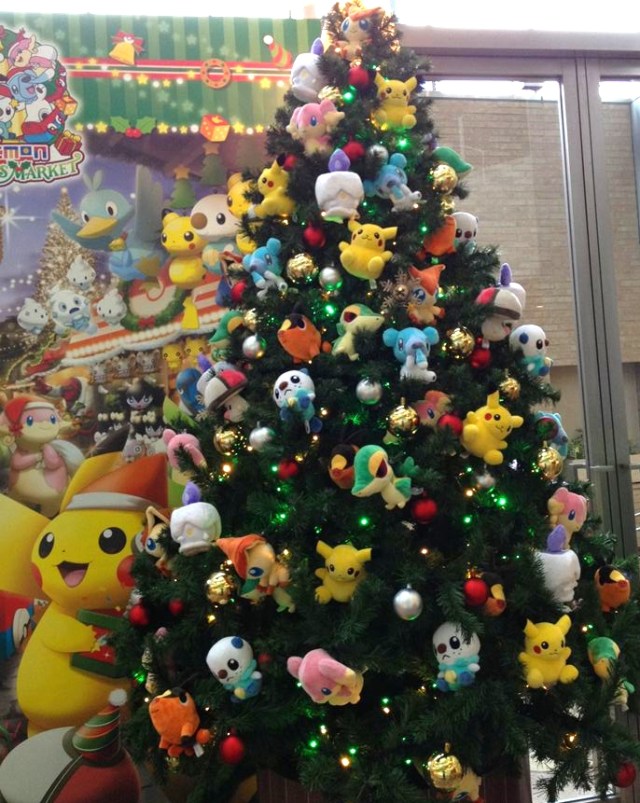
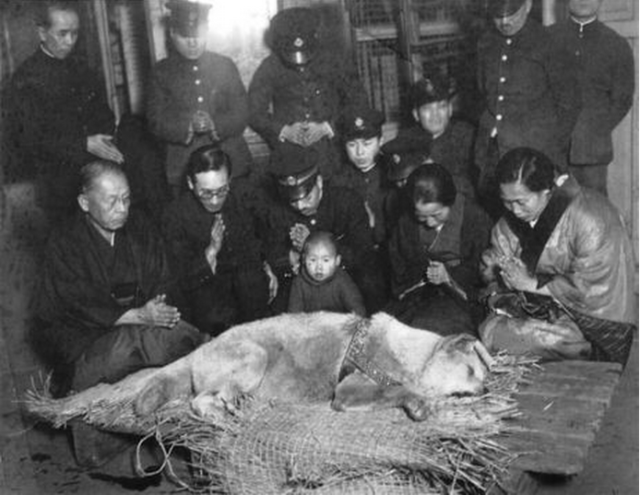
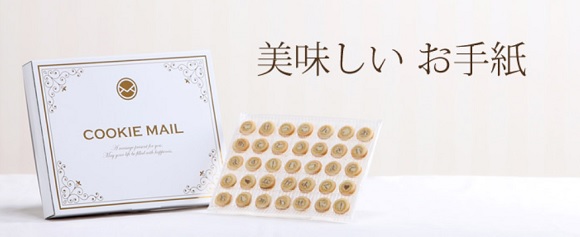


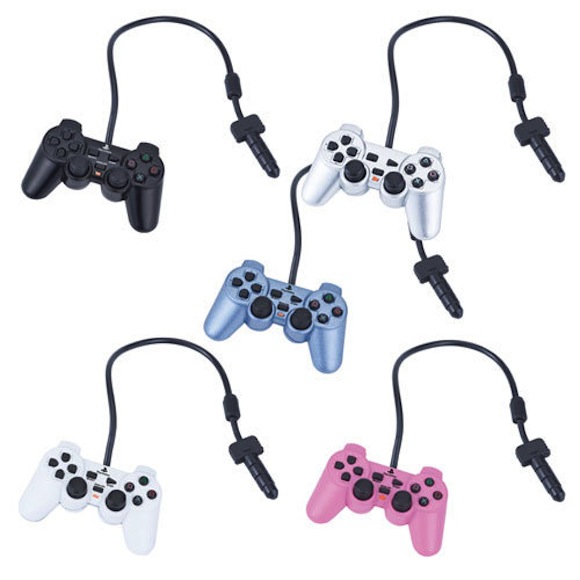
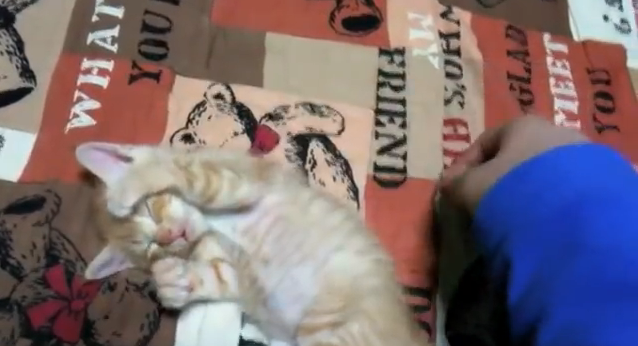

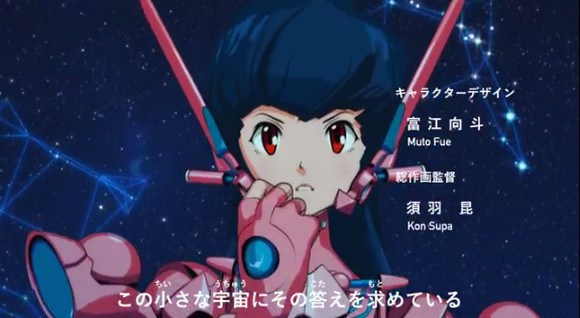
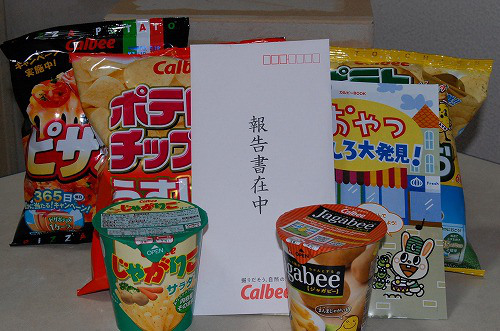
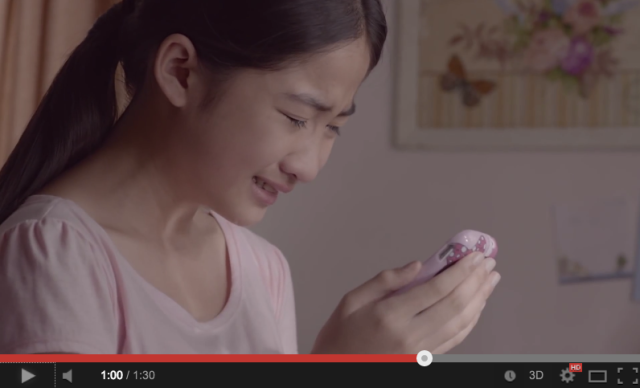
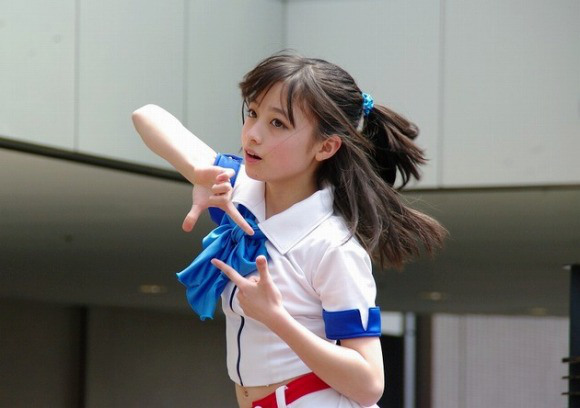
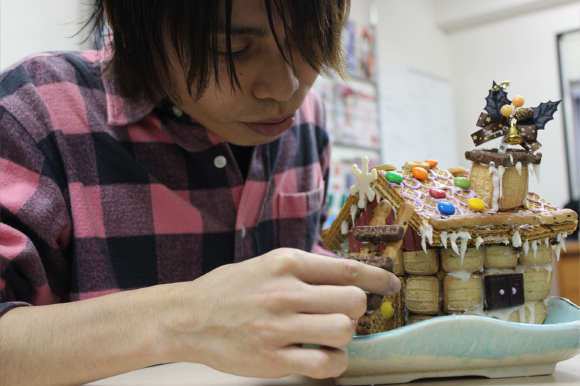

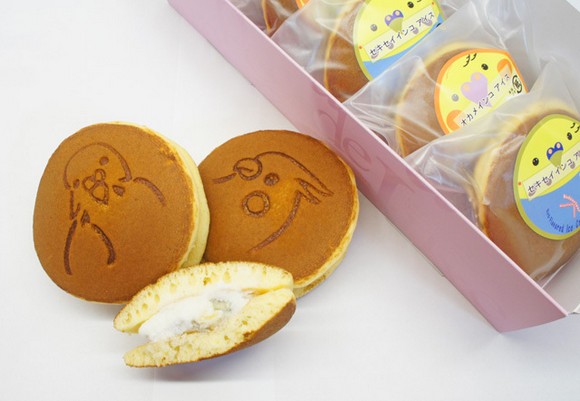
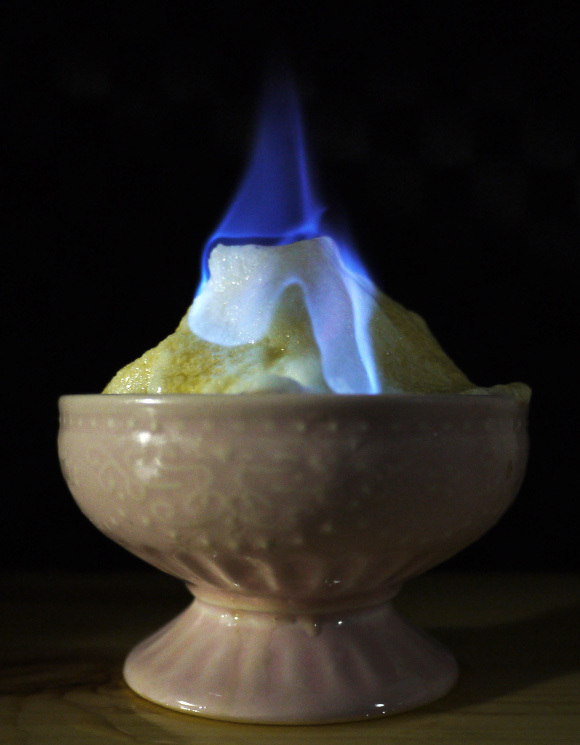
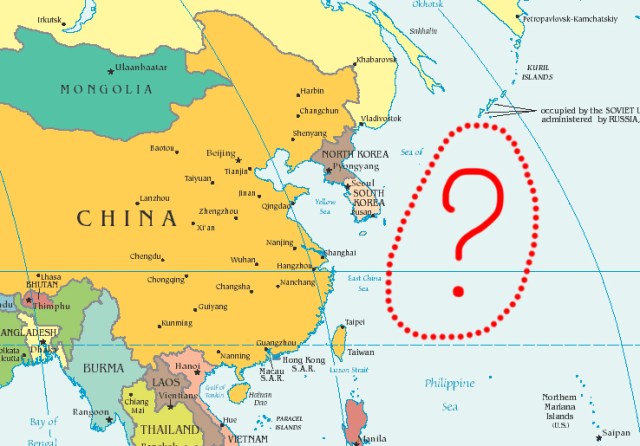
 7-Eleven Japan’s ramen-cooking robot whipped us up a bowl of noodles【Taste test】
7-Eleven Japan’s ramen-cooking robot whipped us up a bowl of noodles【Taste test】 Starbucks Japan releases new zodiac chilled cup drink for 2026
Starbucks Japan releases new zodiac chilled cup drink for 2026 Can a dirty butthole make you filthy rich in Japan? We’re starting a New Year’s lottery experiment
Can a dirty butthole make you filthy rich in Japan? We’re starting a New Year’s lottery experiment Start saving room now – Japanese grocery store’s biggest sushi roll yet is coming for Setsubun
Start saving room now – Japanese grocery store’s biggest sushi roll yet is coming for Setsubun Ghibli’s Hayao Miyazaki says the anime industry’s problem is that it’s full of anime fans
Ghibli’s Hayao Miyazaki says the anime industry’s problem is that it’s full of anime fans Behold! It’s a rare 7-Eleven “Grand Opening Commemorative Lucky Bag”
Behold! It’s a rare 7-Eleven “Grand Opening Commemorative Lucky Bag” Duolingo to open first pop-up store Duomart in Japan for a very limited time next month
Duolingo to open first pop-up store Duomart in Japan for a very limited time next month Lacquerware supplier to emperor of Japan and Pokémon team up for new tableware
Lacquerware supplier to emperor of Japan and Pokémon team up for new tableware Exhibit featuring cutting-edge smell technology held at Tokyo Skytree
Exhibit featuring cutting-edge smell technology held at Tokyo Skytree Final Fantasy Chocobo and Dragon Quest Slime street sweets on sale in Tokyo【Taste test】
Final Fantasy Chocobo and Dragon Quest Slime street sweets on sale in Tokyo【Taste test】 7-Eleven Japan starts new temporary luggage storage service in over 300 branches
7-Eleven Japan starts new temporary luggage storage service in over 300 branches Disillusionment at Tsukiji’s tourist-target prices led us to a great ramen restaurant in Tokyo
Disillusionment at Tsukiji’s tourist-target prices led us to a great ramen restaurant in Tokyo Starbucks teams up with 166-year-old Kyoto doll maker for Year of the Horse decorations【Photos】
Starbucks teams up with 166-year-old Kyoto doll maker for Year of the Horse decorations【Photos】 Japan may add Japanese language proficiency, lifestyle classes to permanent foreign resident requirements
Japan may add Japanese language proficiency, lifestyle classes to permanent foreign resident requirements Tokyo’s Tsukiji sushi neighborhood asks tour groups to stay away for the rest of the month
Tokyo’s Tsukiji sushi neighborhood asks tour groups to stay away for the rest of the month Is this the most relaxing Starbucks in Japan?
Is this the most relaxing Starbucks in Japan? Starbucks on a Shinkansen bullet train platform: 6 tips for using the automated store in Japan
Starbucks on a Shinkansen bullet train platform: 6 tips for using the automated store in Japan Street Fighter Hadouken Churros to be launched and eaten in Tokyo, Okami pudding on offer too
Street Fighter Hadouken Churros to be launched and eaten in Tokyo, Okami pudding on offer too Japan’s human washing machines will go on sale to general public, demos to be held in Tokyo
Japan’s human washing machines will go on sale to general public, demos to be held in Tokyo Japanese train company is letting fans buy its actual ticket gates for their homes
Japanese train company is letting fans buy its actual ticket gates for their homes Tokyo considering law requiring more trash cans following litter increase in heavily touristed area
Tokyo considering law requiring more trash cans following litter increase in heavily touristed area Nintendo’s Kirby now delivering orders at Kura Sushi restaurants, but not in Japan
Nintendo’s Kirby now delivering orders at Kura Sushi restaurants, but not in Japan Tokyo event lets you travel back in time, for free, to celebrate 100 years since Showa era start
Tokyo event lets you travel back in time, for free, to celebrate 100 years since Showa era start Sanrio theme park in Japan announces plans to expand into a Sanrio resort
Sanrio theme park in Japan announces plans to expand into a Sanrio resort Survey asks foreign tourists what bothered them in Japan, more than half gave same answer
Survey asks foreign tourists what bothered them in Japan, more than half gave same answer Japan’s deadliest food claims more victims, but why do people keep eating it for New Year’s?
Japan’s deadliest food claims more victims, but why do people keep eating it for New Year’s? We deeply regret going into this tunnel on our walk in the mountains of Japan
We deeply regret going into this tunnel on our walk in the mountains of Japan Studio Ghibli releases Kodama forest spirits from Princess Mononoke to light up your home
Studio Ghibli releases Kodama forest spirits from Princess Mononoke to light up your home Major Japanese hotel chain says reservations via overseas booking sites may not be valid
Major Japanese hotel chain says reservations via overseas booking sites may not be valid Put sesame oil in your coffee? Japanese maker says it’s the best way to start your day【Taste test】
Put sesame oil in your coffee? Japanese maker says it’s the best way to start your day【Taste test】 The top 10 annoying foreign tourist behaviors on trains, as chosen by Japanese people【Survey】
The top 10 annoying foreign tourist behaviors on trains, as chosen by Japanese people【Survey】 No more using real katana for tourism activities, Japan’s National Police Agency says
No more using real katana for tourism activities, Japan’s National Police Agency says Starbucks Japan reveals new sakura drinkware collection, inspired by evening cherry blossoms
Starbucks Japan reveals new sakura drinkware collection, inspired by evening cherry blossoms Behold! It’s a rare 7-Eleven “Grand Opening Commemorative Lucky Bag”
Behold! It’s a rare 7-Eleven “Grand Opening Commemorative Lucky Bag” Duolingo to open first pop-up store Duomart in Japan for a very limited time next month
Duolingo to open first pop-up store Duomart in Japan for a very limited time next month Lacquerware supplier to emperor of Japan and Pokémon team up for new tableware
Lacquerware supplier to emperor of Japan and Pokémon team up for new tableware Exhibit featuring cutting-edge smell technology held at Tokyo Skytree
Exhibit featuring cutting-edge smell technology held at Tokyo Skytree Final Fantasy Chocobo and Dragon Quest Slime street sweets on sale in Tokyo【Taste test】
Final Fantasy Chocobo and Dragon Quest Slime street sweets on sale in Tokyo【Taste test】 Research in Japan proves that pianists can control timber with touch alone
Research in Japan proves that pianists can control timber with touch alone Evangelion original anime studio Gainax is now completely dissolved, Eva’s creator mourns ruined friendships
Evangelion original anime studio Gainax is now completely dissolved, Eva’s creator mourns ruined friendships Your cat or dog can be King of the Pirates with One Piece anime cosplay outfits for pets【Photos】
Your cat or dog can be King of the Pirates with One Piece anime cosplay outfits for pets【Photos】 Disillusionment at Tsukiji’s tourist-target prices led us to a great ramen restaurant in Tokyo
Disillusionment at Tsukiji’s tourist-target prices led us to a great ramen restaurant in Tokyo Tokyo restaurant explicitly bans couples from dining on Christmas Eve
Tokyo restaurant explicitly bans couples from dining on Christmas Eve How to order snacks on a Shinkansen bullet train in Japan
How to order snacks on a Shinkansen bullet train in Japan Japan gets Captain America chest pillow, Thor hammer tissue holder in new Marvel lifestyle line
Japan gets Captain America chest pillow, Thor hammer tissue holder in new Marvel lifestyle line